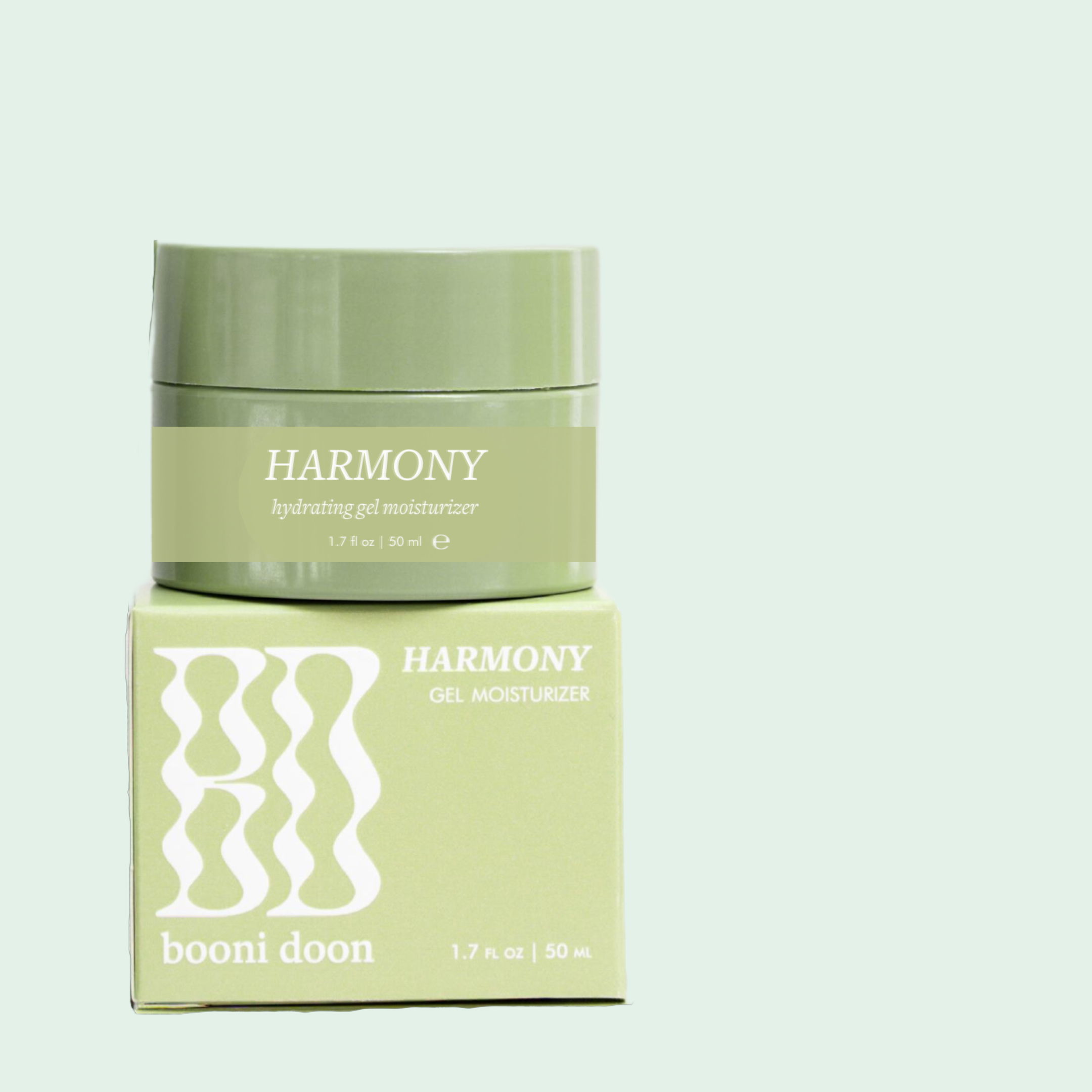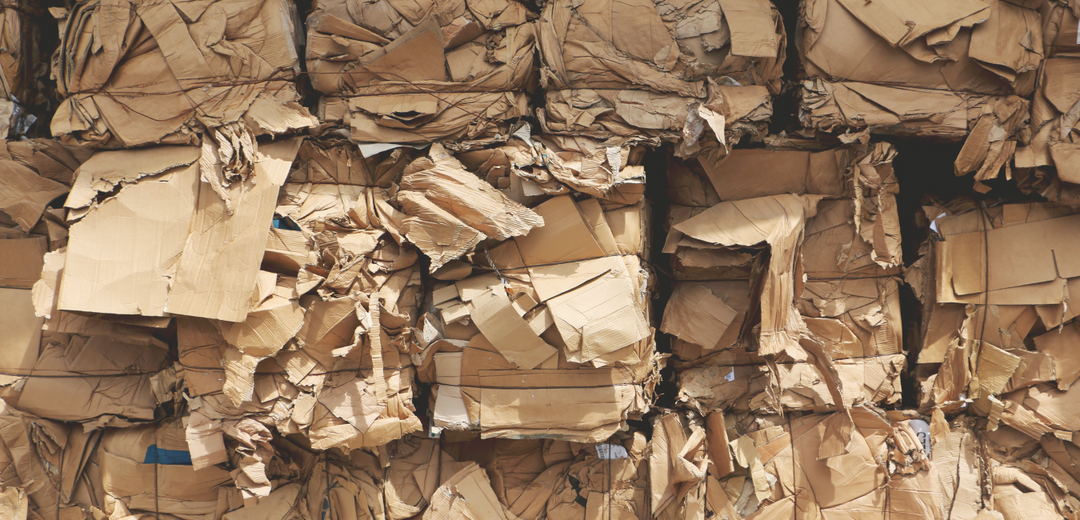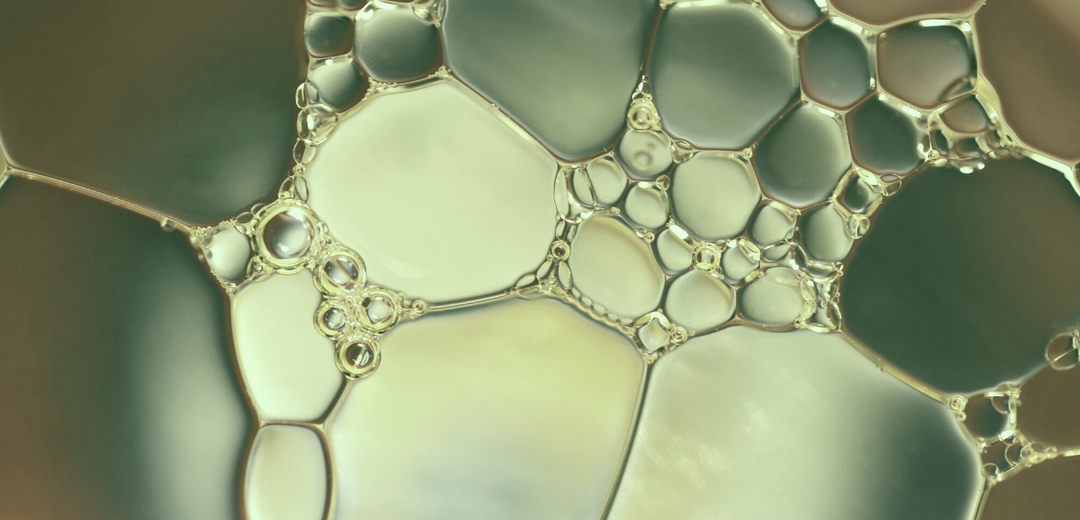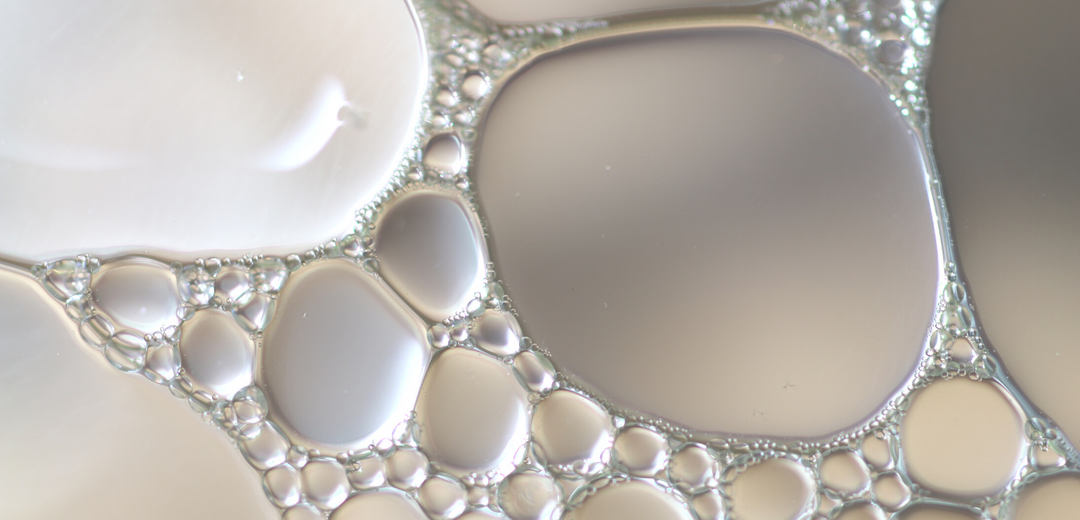The Rise of Plastic Dependency in Beauty
History of Plastic Skincare Packaging
World War I galvanized American glamour, leading to the rise of cosmetic products to become an intrinsic part of modern American society. With the ascent of personal care, plastics emerged as a staple of cosmetics due to the material’s reliability as a transportable and malleable container.
Today, the $500 billion personal care industry heavily depends on plastic, in which over 70% of plastic materials end up in landfills. Not only has the personal care industry, specifically beauty and skincare, become a basic necessity in the American household, but ‘self-care’ has expanded to multi-step routines due to the growth of cosmetic product categories and demand. The unfortunate result? Plastic is ingrained in every upstream and downstream process; from packaging to product, plastic has become the backbone of the beauty and skincare industry.
Why is plastic waste in beauty and skincare an issue?
Recycling and reducing plastic within the beauty and skincare industry is challenging for both suppliers and consumers. Our linear economic model has cultivated a ‘throw away’ consumer culture, providing little means or motivation for consumers to correctly recycle their skincare products. Continual upstream demand for products encourages market growth and production within the industry furthering both plastic consumption and waste.
Most plastic packaging used within beauty and skincare products have complicated componentry. Packaging is composed of multi-material plastics or parts, which makes ‘recyclable’ plastic packaging difficult to sort and reprocess. The challenge of sorting and recycling decreases the economic motivation for consumers and industrialists to recycle. The environmental result of plastic dependency for both suppliers and consumers?
- 8 million metric tons of macroplastics dumped into the ocean annually; equivalent to filling 1.3 million Olympic swimming pools with plastic
- 1.5 million metric tons of microplastics are consumed by 700 species of aquatic animals due to the inefficacy of water filtration
- If the environmental impact isn’t enough, the economic impact of plastic pollution amounts to $13 billion, annually
Without changes to the industry, it's expected that plastic pollution will double by 2050.
While the future of plastic pollution could be a harsh reality, with current technology and knowledge, 78% of plastic pollution could be solved by 2040. In order to truly make an impact, the beauty and skincare industry will need to address both pre- and post-consumption, as well as require changes at every level of the industry. The drastic decrease of plastic pollution would stem greatly from our ability to create better waste management practices of plastic.
So what does plastic-free skincare and conscious consumerism look like?
Conscious consumerism and the demand for plastic-free skincare products could shift the upstream production and lead to the rise of more environmentally conscious companies. One such example involves water, which is a major ingredient in many personal care products as well oftentimes requires plastic packaging to ensure these products do not leak. An emerging solution is to reformulate conventional products to be anhydrous, such as bar shampoos and conditioners. As a zero waste skincare brand, booni doon is at the forefront of sustainability by using glass and biodegradable, bamboo packaging.
Given the challenges with recycling plastic, circularity--the idea that discarded or used products are repurposed to create new products--is becoming increasingly important for cosmetic companies’ sustainability efforts. As part of the “New Plastics Economy Project,” companies like L’Oreal are committing to becoming fully recyclable or refillable by 2025. Radical change can occur, but consumer demand and industry transparency are necessary to change our toxic plastic consumption.







